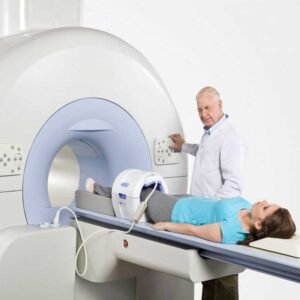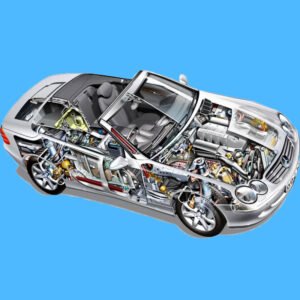
Every amplifier (speaker) has an electrical current. When the current is changing, it produces a magnetic field. To make the cone (or panel) of the speaker move, magnets are used to create an opposing magnetic field which creates vibrations. These vibrations are the sound we hear. Speakers often contain large magnets inside of them, as a larger opposing magnetic field creates more vibrations. The larger the magnet, the louder the speaker.

Neodymium magnets in electric motors have more advantages than other types of magnets, especially in high performance motors or where reducing size is a crucial factor. Bearing in mind that all new technologies aim at reducing the overall size of the product, it is likely that these engines will soon take over the whole market.

NMR uses a large magnet (Magnetic) to probe the intrinsic spin properties of atomic nuclei. Like all spectroscopies, NMR uses a component of electromagnetic radiation (radio frequency waves) to promote transitions between nuclear energy levels (Resonance).

In airplanes, the magnetic compass is by and large used for navigational purposes. Notwithstanding the truth that it’s far pretty easy to apply, and requires no enter from the pilot to suggest route, the magnetic compass is regularly the most poorly understood plane tool in the plane cockpit.

Many different types of magnetic materials are used in vehicle systems, including high-energy product neodymium iron boron magnets, corrosion-resistant samarium cobalt magnets, durable alnico magnets, and economical ceramic magnets. There are several different factors that must be considered in selecting an appropriate magnet for an automotive application, such as the maximum temperature the magnet will be exposed to, how much space is available, and how much a certain magnet may cost. To assist customers in selecting the ideal magnet for their automotive application.
